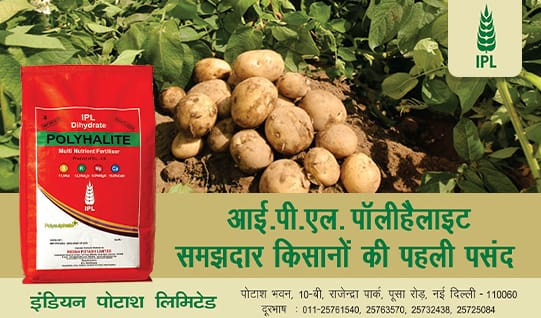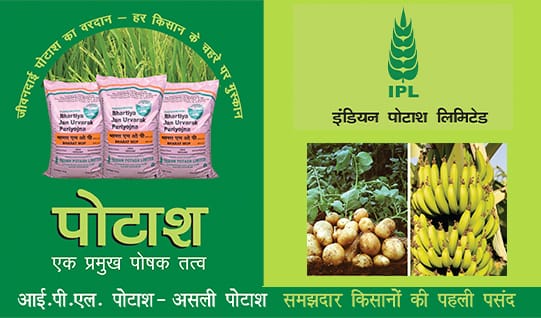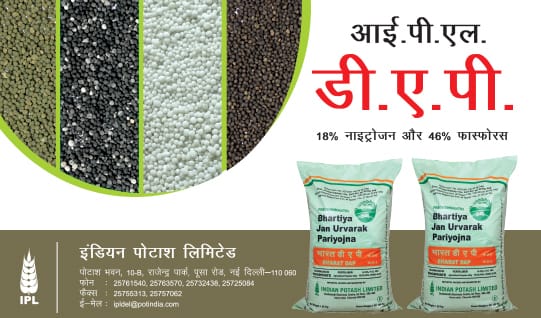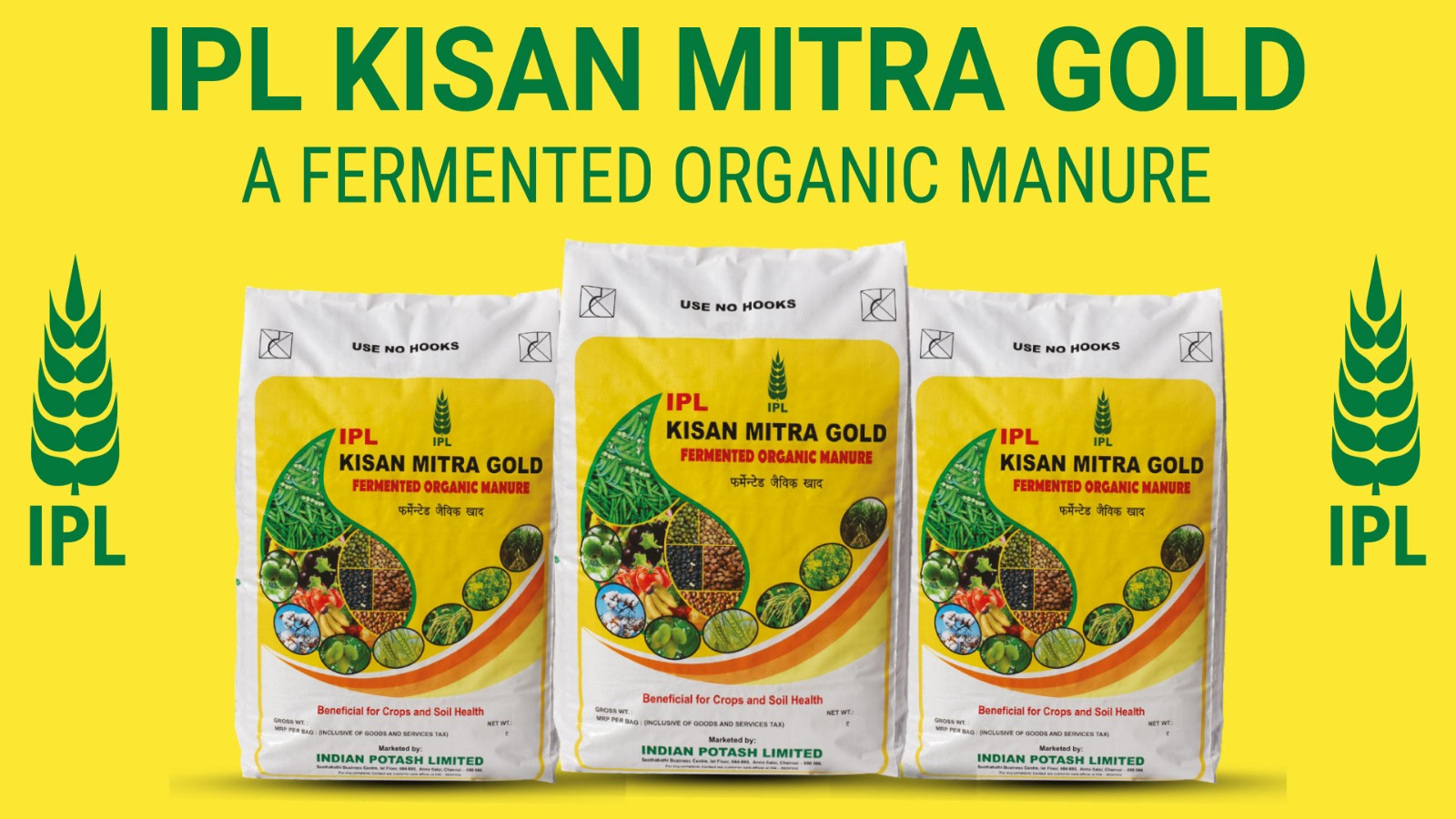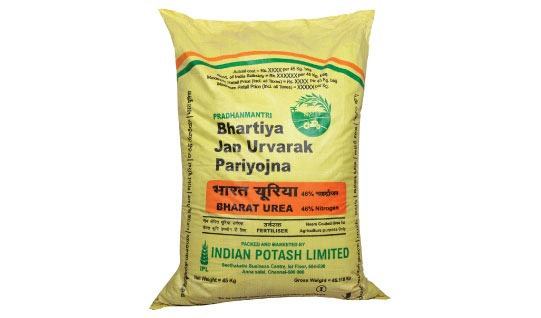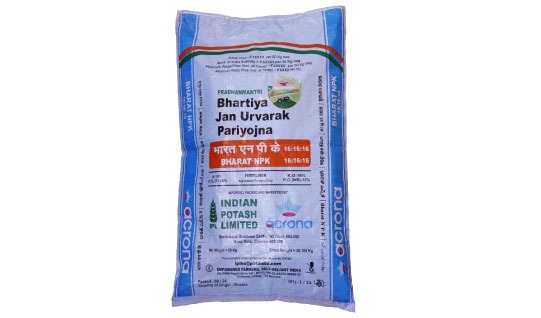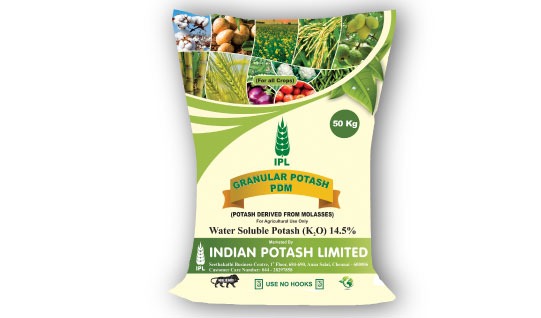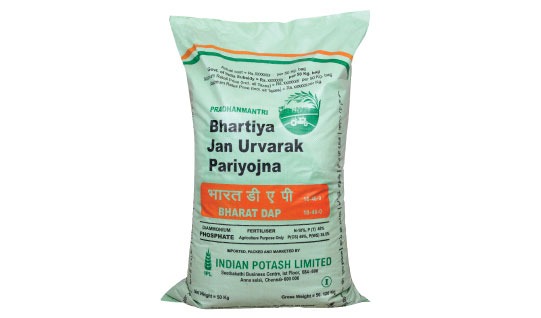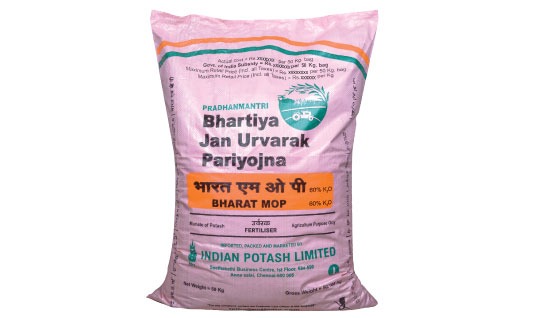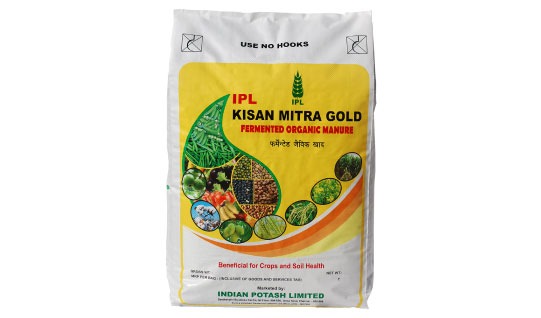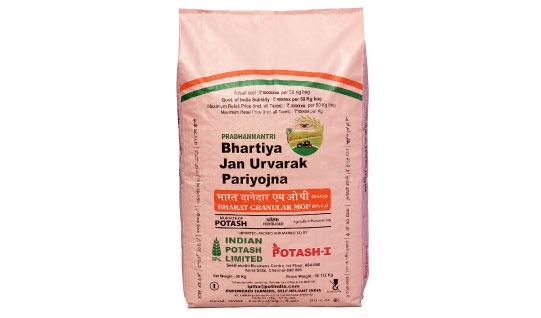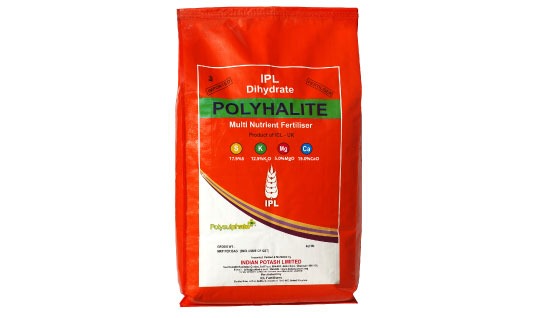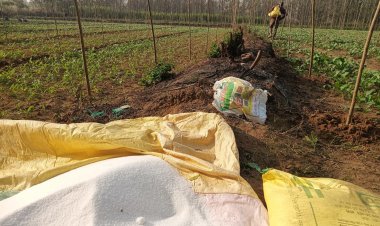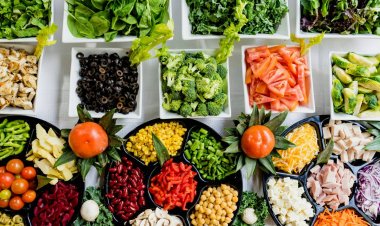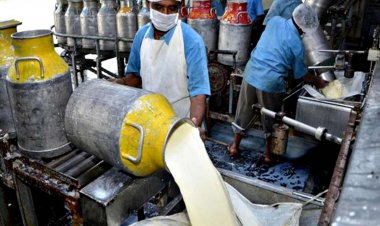Sugar Sector Shows Stability but Ethanol Woes Loom: NFCSF Projects Mixed Outlook
NFCSF reports a stable sugar market outlook but raises concerns about the long-term viability of ethanol production from sugar-based feedstocks without appropriate policy support.

The National Federation of Cooperative Sugar Factories Ltd. (NFCSF) has projected a stable sugar market outlook for the remainder of Sugar Season 2024–25, supported by adequate closing stock, steady prices, and effective policy interventions. However, concerns loom over declining ethanol production from sugar-based feedstocks, prompting urgent calls for policy support to sustain India’s biofuel ambitions.
According to NFCSF estimates, the closing sugar stock for the current season is expected to stand at 48.65 lakh metric tonnes (LMT)—sufficient to meet domestic demand during the critical festival and high-consumption months of October and November.
Stable Market, Balanced Supply
Currently, ex-mill sugar prices remain stable, ranging between ₹3,880 and ₹3,920 per quintal. This price stability is attributed to lower net production, strong market demand, and timely government interventions—particularly the strategic allowance of limited sugar exports and controlled release of monthly domestic quotas, which have helped balance supply in the domestic market.
India’s sugar balance sheet for the 2024–25 season reflects a net sugar production of 261.10 LMT, with 32 LMT diverted towards ethanol.

Outlook for Sugar Season 2025–26
Looking ahead, NFCSF President Harshvardhan Patil expressed optimism about the upcoming 2025–26 sugar season, projecting a gross production of 350 LMT. “Favourable monsoon conditions and increased cane cultivation, especially in Maharashtra and Karnataka, are expected to fuel this recovery,” he said. The government's timely revision of the Fair and Remunerative Price (FRP) has also incentivized farmers to expand cane cultivation.
Ethanol and Sugar Industry at a Crossroads
While the sugar market remains stable, the ethanol blending initiative—once hailed as a transformative solution to manage sugar surpluses—is facing significant headwinds. After peaking in 2022–23, when 43 LMT of sugar was diverted to produce 369 crore litres of ethanol (accounting for 73% of national blending), the contribution has sharply declined.
In 2023–24, sugar-based ethanol supply fell to 270 crore litres, contributing only 38% to the national blending program. The downward trend is projected to continue in 2024–25, with expected supply dropping further to 250 crore litres, covering just 28% of the targeted 900 crore litres.
The primary reason: stagnant ethanol procurement prices, despite rising sugarcane costs, making ethanol production less profitable than selling sugar in the domestic market.
Although there is potential to divert up to 40 LMT of sugar into ethanol this year, only 32 LMT is likely to be diverted—reflecting the impact of the price gap.
As a result, India’s ethanol production capacity of 952 crore litres per year—including 130 crore litres from multi-feed distilleries—remains underutilized.

Policy Dialogue and Industry Appeal
In response to the mounting challenges facing the ethanol sector, a high-level meeting was recently convened at the Prime Minister’s Office, under the guidance of Tarun Kapoor, Adviser to the Prime Minister.
The industry delegation was led by Ravi Gupta, Chairman of IFGE’s Sugar Bioenergy Group and Board Member of NFCSF. Other members included Prakash Naiknavare (Ethanol), Subodh Kumar (Biodiesel & Biomass), Ashish Kumar (CBG), and Tushar Patil (SAF). The delegation submitted key policy recommendations, including:
-
Revising ethanol procurement prices in line with rising feedstock costs (sugarcane, maize, rice)
-
Extending blending targets beyond 20% with a phased timeline through 2035
-
Fast-tracking the rollout of Flex-Fuel Vehicles (FFVs) to absorb surplus ethanol
-
Exploring ethanol-diesel blending to diversify fuel usage
The delegation emphasized that diverting sugar to ethanol does not reduce overall sugar production, but rather aids in managing surplus, stabilizing market prices, enhancing mill viability, and ensuring timely payments to farmers.



 Join the RuralVoice whatsapp group
Join the RuralVoice whatsapp group
